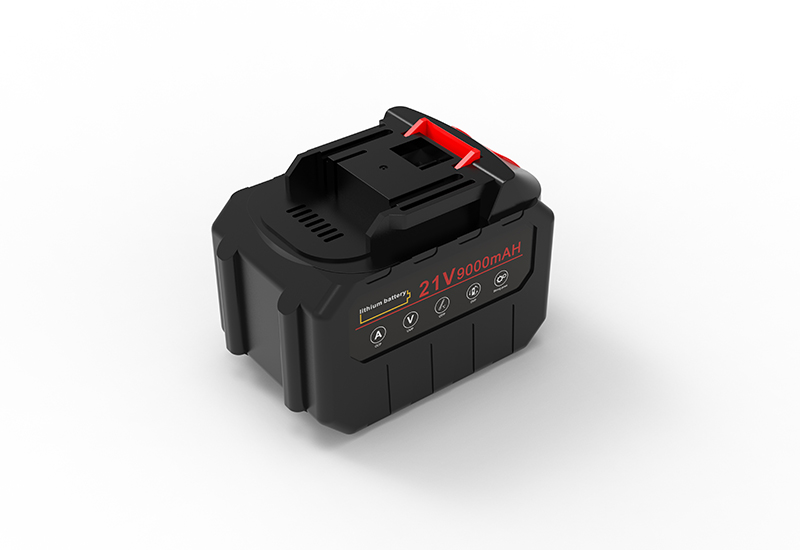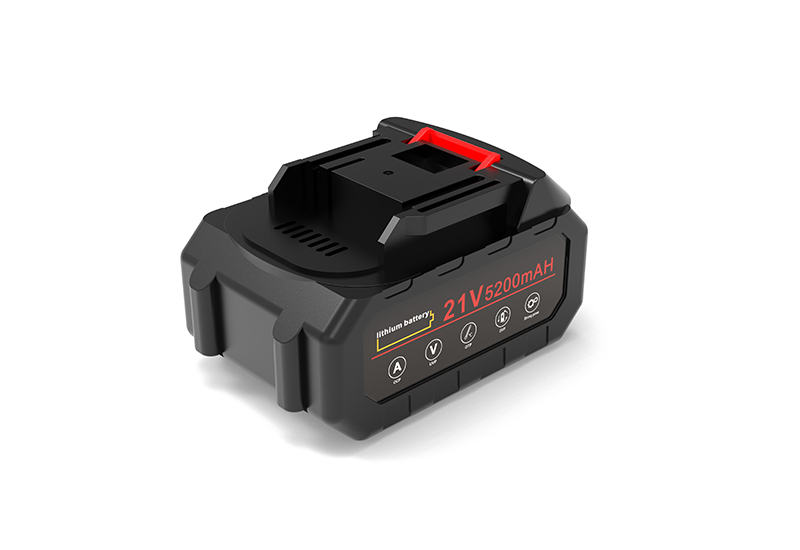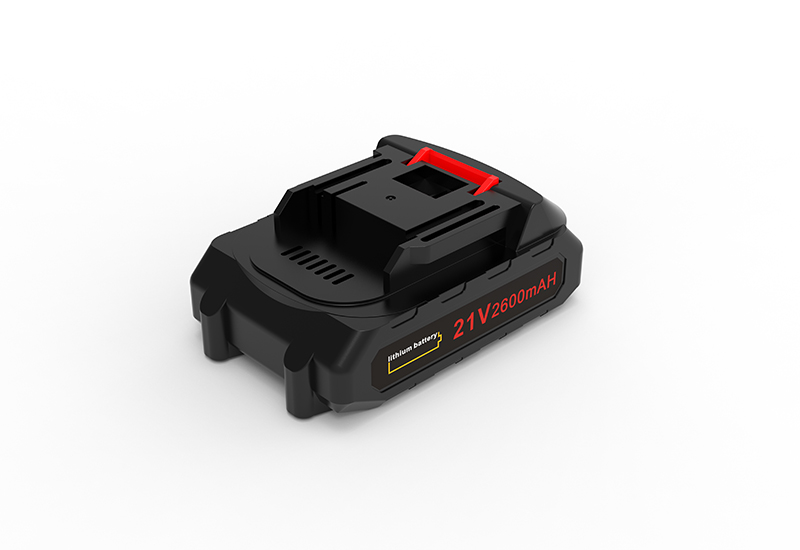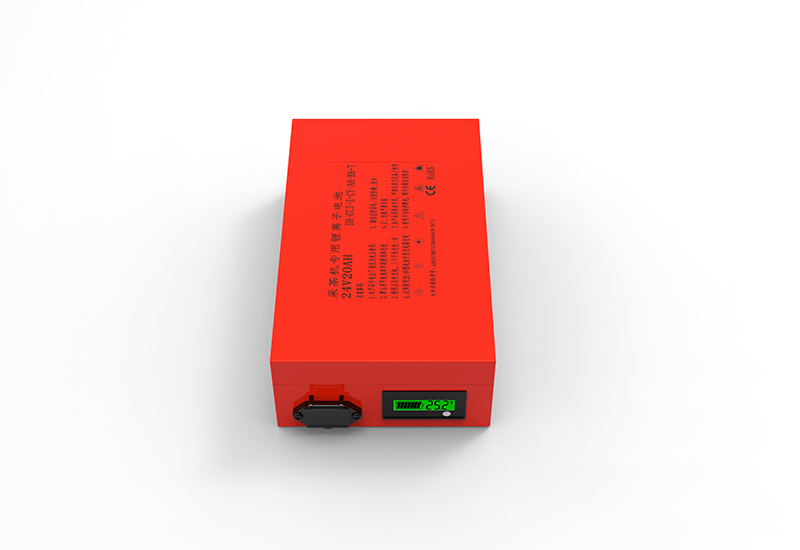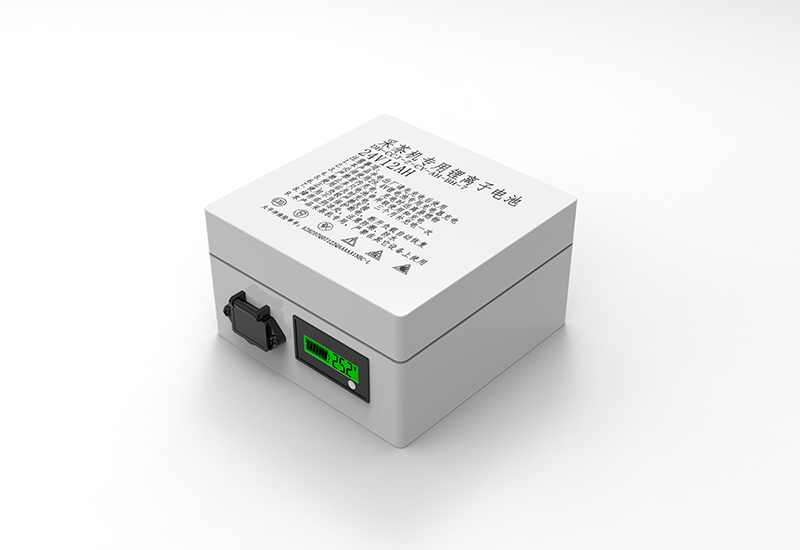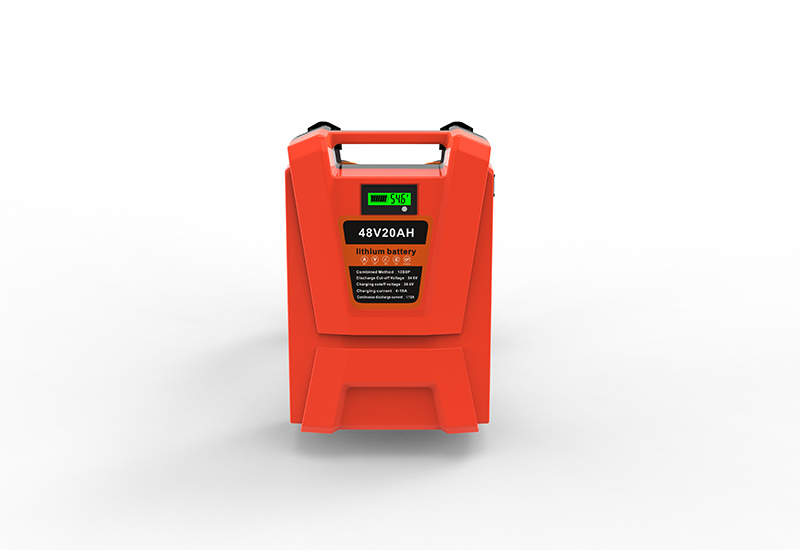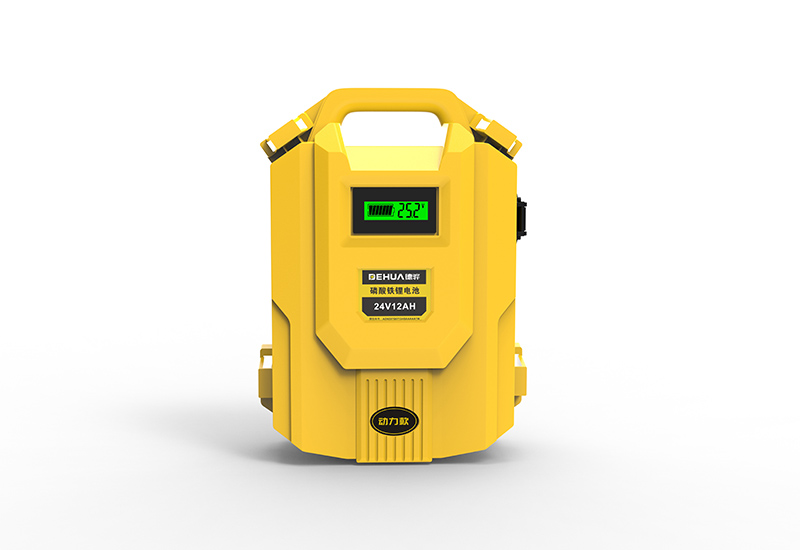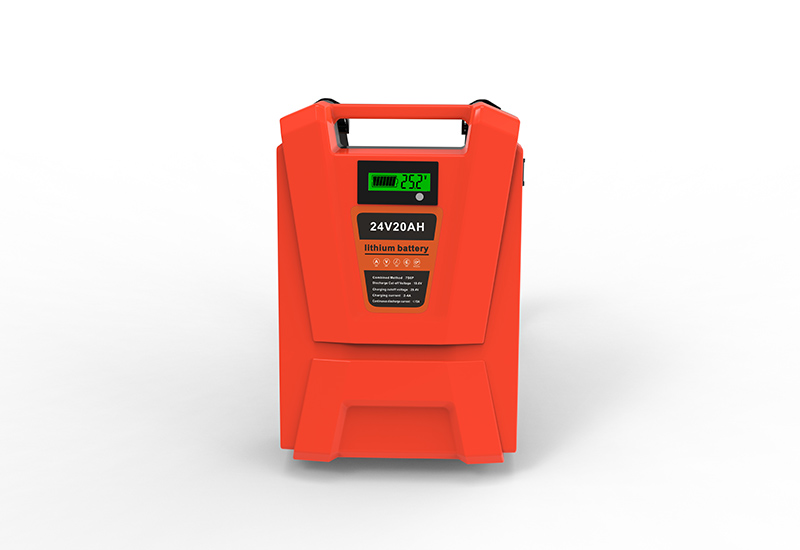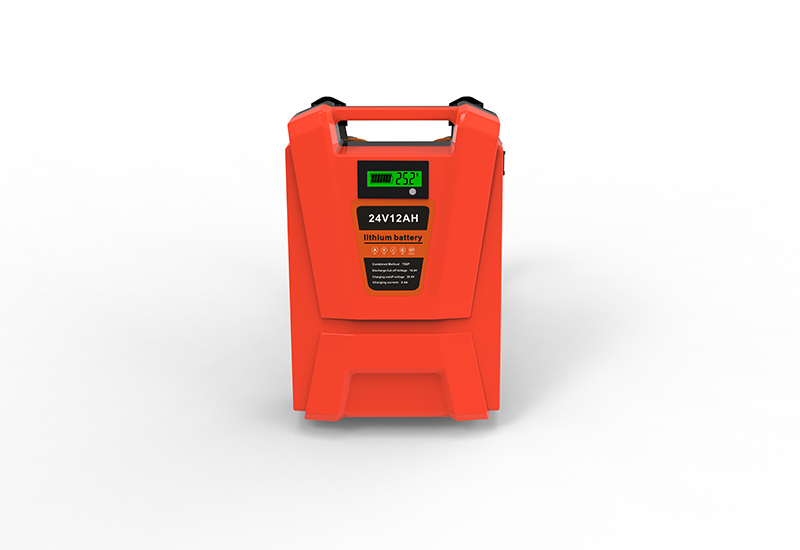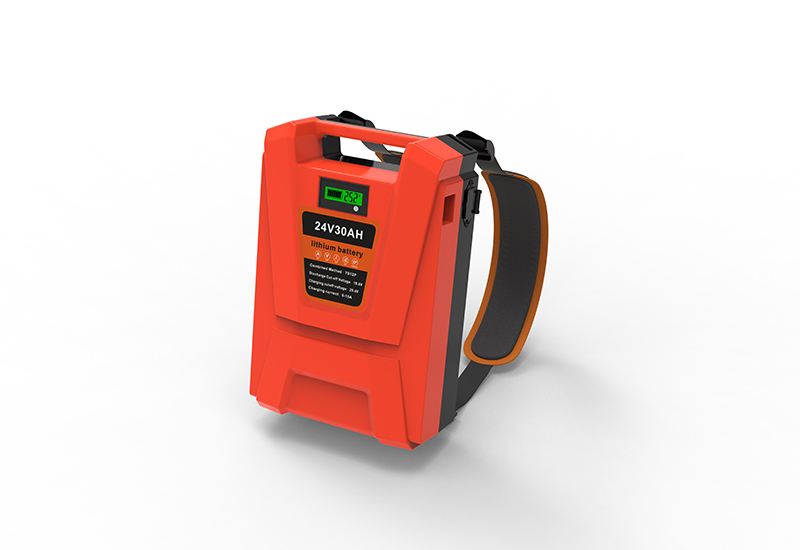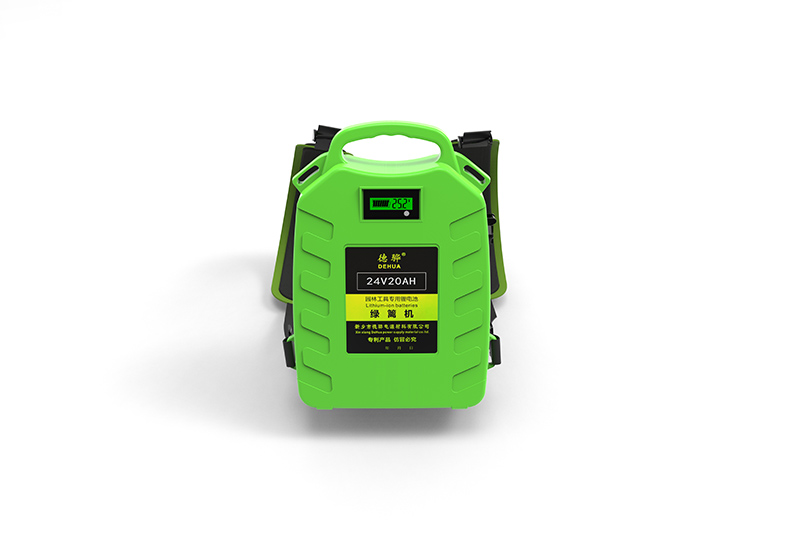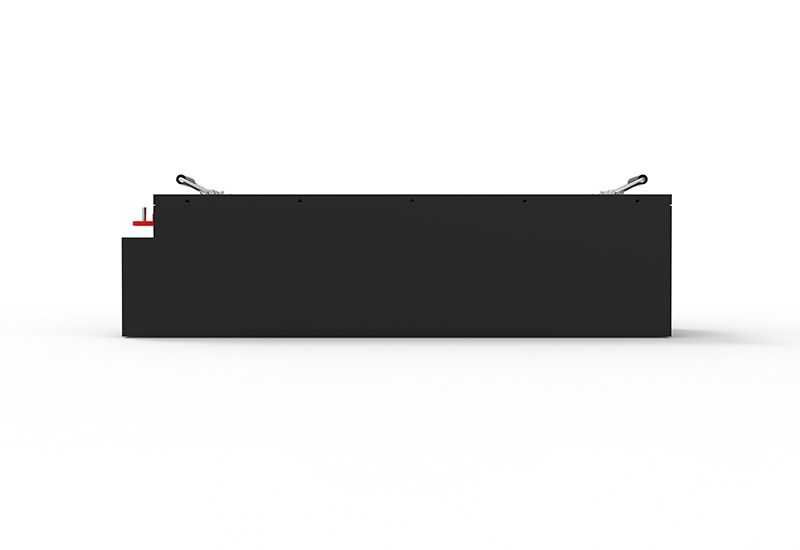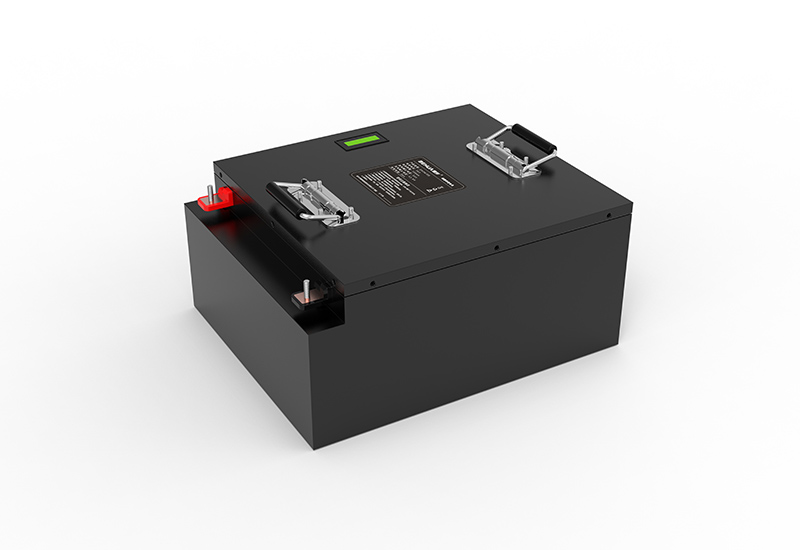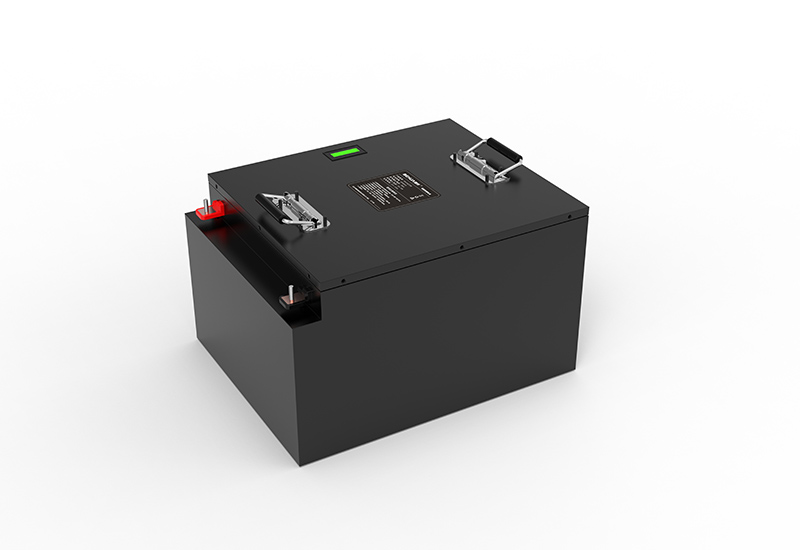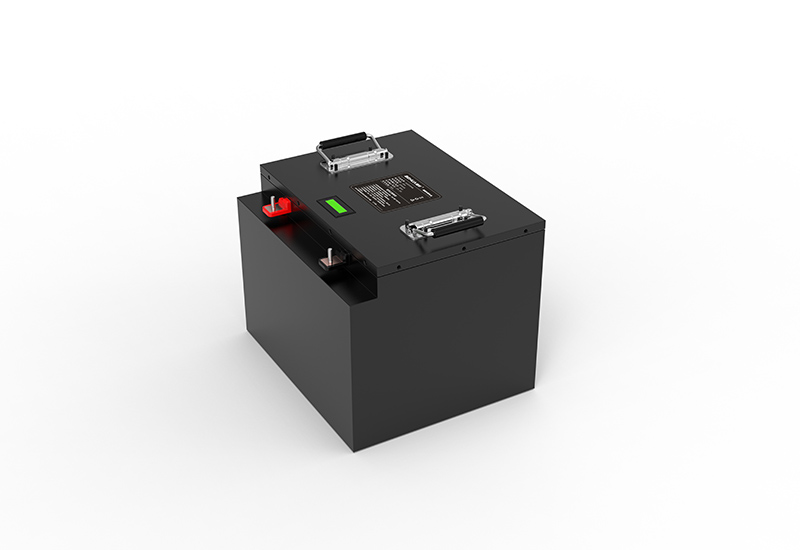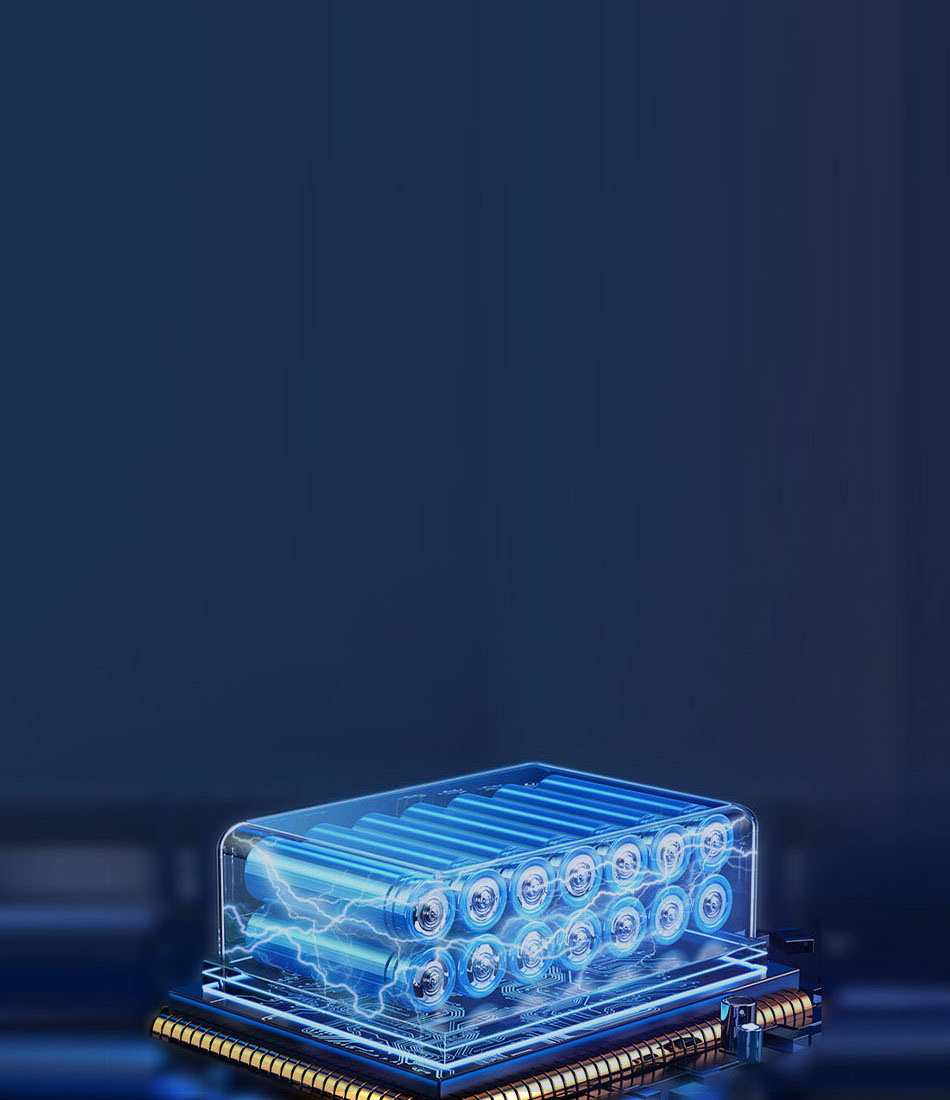I. Overall Characteristics of Lithium Battery Tea-Picking Machines
Lithium battery tea-picking machines integrate cutting-edge lithium battery technology with traditional tea-picking methods. They are characterized by high energy efficiency, environmental sustainability, portability, durability, and user-friendly design. These machines play a crucial role in enhancing tea-picking efficiency while reducing labor intensity. However, variations exist among different brands and models regarding functionality and performance; thus, selections should be made based on actual needs and budget considerations.
II. Analysis of Main Components
(A) Motor Types
- Brushless Inner Rotor Motor:
- Structure: The rotor is housed internally within the motor.
- Characteristics: This type features a compact size coupled with high rotational speeds, making it suitable for applications requiring precise control at elevated speeds. Disadvantages include bulkiness, significant electricity consumption, limited operational time, reduced service life, and susceptibility of the controller to burnout under excessive current conditions.
- Brushless Outer Rotor Motor:
- Structure: The rotor is positioned externally around the stator.
- Characteristics: It offers substantial torque at lower rotational speeds while being lightweight and energy-efficient; additionally providing extended operational time and longevity along with six-speed adjustment capabilities—ideal for equipment that demands considerable torque alongside stable operation.
(B) Motor Coils
- Copper Coil (Pure Copper):
- Advantages: Exhibits high conductivity leading to enhanced efficiency; possesses excellent heat resistance due to its high melting point.
- Disadvantages: Higher cost compared to alternatives.
- Copper-Clad Aluminum Coil:
- Advantages: Cost-effective solution that is also lightweight.
- Disadvantages: Conductivity levels are inferior when compared to pure copper options.
(C) Blade Materials
- Common Aluminum Alloy Material:
- Advantages: Lightweight and economical choice.
- Disadvantages: Lower durability makes it suitable primarily for infrequent or light-duty applications.
- Common SK5 Steel:
- Advantages: As a high-carbon steel variant known for its hardness and wear resistance relative to aluminum alloys—it provides superior cutting performance ideal for demanding durability requirements.
- Chromium-Plated SK5 Steel:
- Advantages: Enhances corrosion resistance and hardness through chromium plating treatment which prolongs blade lifespan by minimizing wear while preventing rust formation.
(D) Gear Materials
- Powder-Pressed Gear:
- Advantages: Economical manufacturing costs combined with lightweight properties.
- Disadvantages: Durability under heavy loads may not match that of rigid gears.
-Rigid Gear:
–Advantages : High strength , good wear-resistance characteristics ,and overall durability make them well-suited for long-term use under significant load conditions .
–Disadvantages : Generally heavier than powder pressed variants .
(E) Gearbox Materials
–Plastic Gearbox :
–Advantages : Cost-effective ,lightweight,and portable ; particularly suited towards small-sized or portable equipment .
–Disadvantages : Its durability during prolonged usage or heavy loading may fall short compared against aluminum alloy gearboxes .
–Aluminum Alloy Gearbox :
–Advantages : Superior strength & higher endurance owing mechanical properties plus corrosion-resistant attributes .
–Disadvantages : Associated costs tend toward being higher than plastic counterparts .
(F) Power Cord Types
-Built-in Power Cord :
•Advantages : Enhanced stability minimizes wire exposure ensuring safety standards upheld effectively .
•Disadvantages More complex repair/replacement processes necessitating professional intervention if issues arise .
-Plug-in Power Cord :
•Advantages Convenient replacement/repair options available allowing flexibility across various setups .
•Disadvantages Potential instability concerns related connections could arise impacting reliability negatively
(G )Motor Controllers
•Non-adjustable Speed Controller :
◦Advantages Simple yet stable designs facilitate ease maintenance procedures without complications arising from adjustments needed frequently .
◦Disadvantages Inability adjust speed according varying picking conditions might lead inefficiencies certain scenarios encountered
•Six-Speed Adjustment Controller :
◦Advantages High adaptability allows users modify settings tailored specific harvesting situations meeting diverse operational demands efficiently .
◦Disadvantages Added complexity requires more detailed upkeep protocols potentially increasing maintenance burdens placed upon operators involved
When designing ,producing ,or selecting lithium battery tea-picking machines,it’s imperative comprehensively evaluate characteristics advantages disadvantages associated each component.Appropriate decisions must align specific application contexts performance expectations budgets other factors ensure optimal results achieved during operations conducted.


